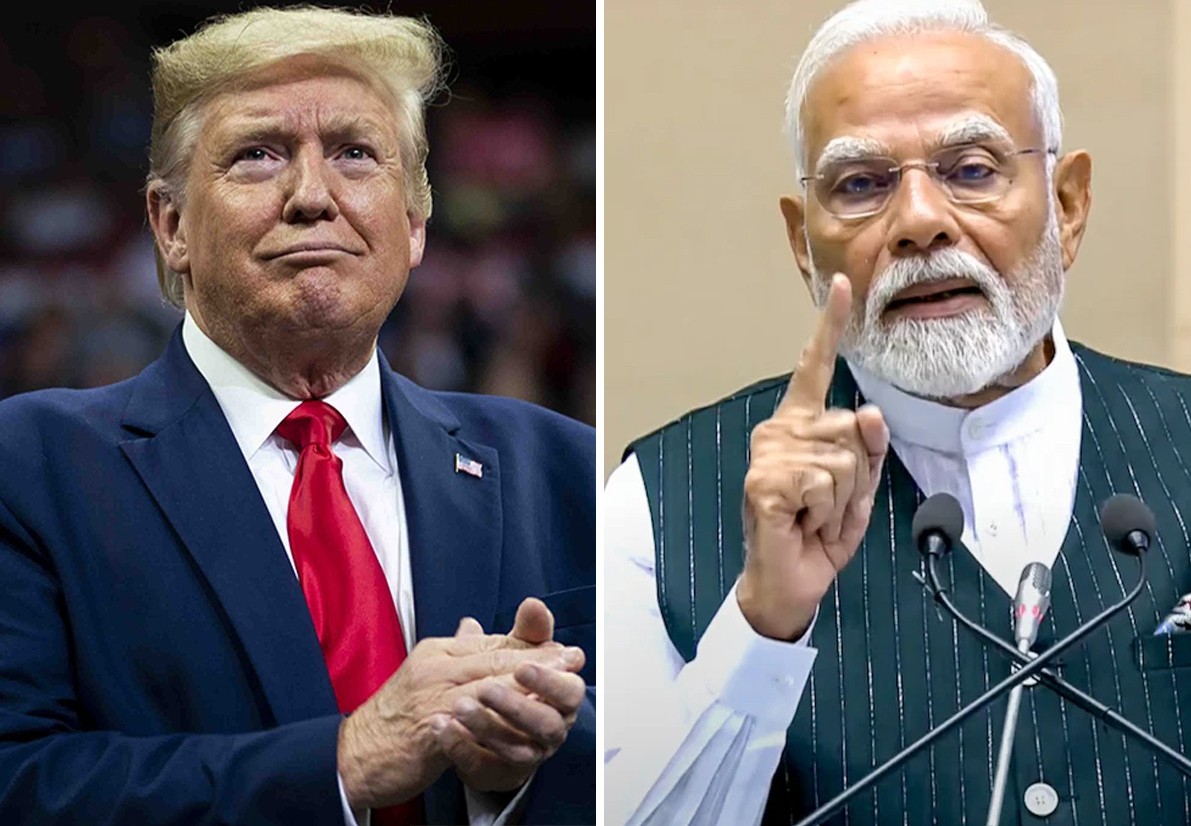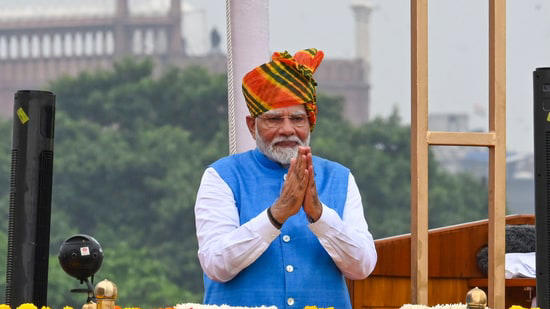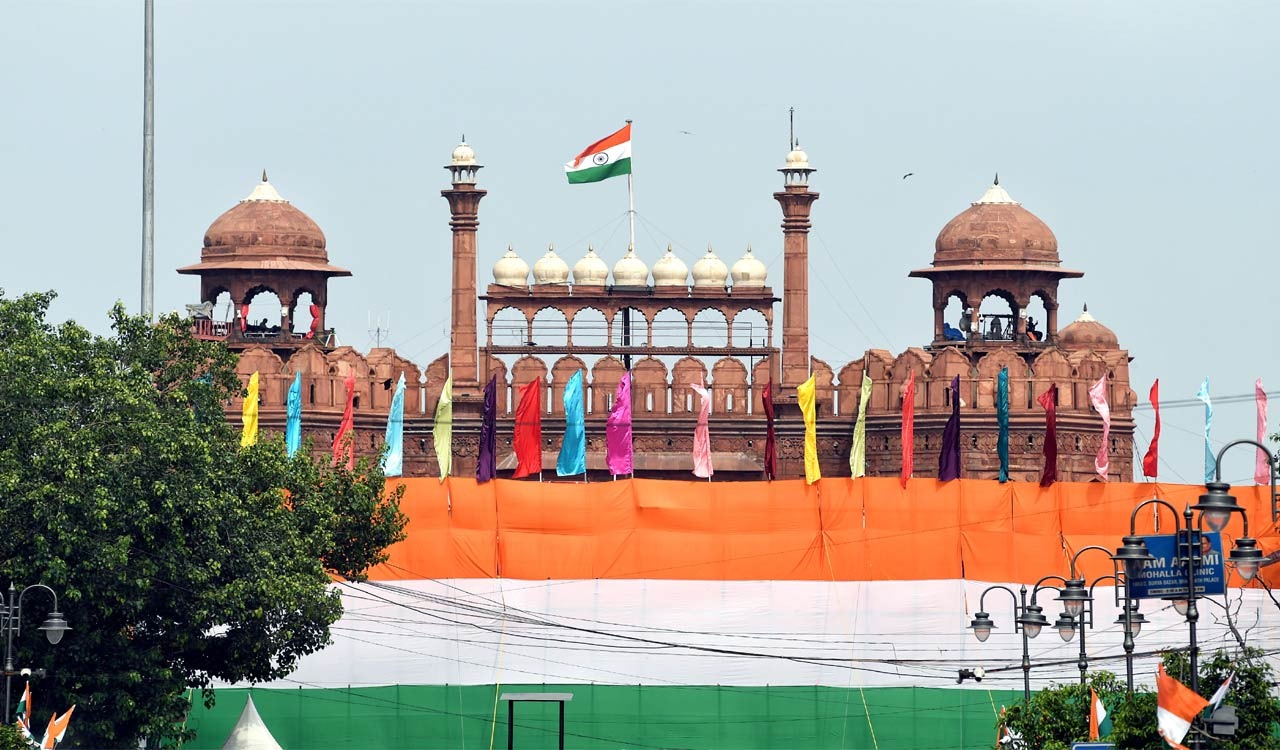
Follow WOWNEWS 24x7 on:

In a striking turn of events, global credit ratings agency S&P has upgraded India’s sovereign credit rating from BBB- to BBB, marking the country’s first such elevation in nearly two decades. The timing couldn’t be more dramatic—coming just days after former US President Donald Trump dismissed India as a dead economy and imposed a steep 50 percent tariff on Indian exports.
S&P’s decision stands in sharp contrast to the White House rhetoric, signaling strong global confidence in India’s economic fundamentals, fiscal discipline, and long-term growth trajectory.
Key highlights from the upgrade
1. India’s rating was raised from BBB- to BBB, with a stable outlook maintained
2. The short-term rating was also upgraded from A-3 to A-2
3. S&P cited buoyant GDP growth, improved monetary policy, and fiscal consolidation as key drivers
4. The agency emphasized India’s resilience despite external pressures, including US tariffs and geopolitical shifts
5. This is India’s first sovereign rating upgrade by S&P since 2007
Why S&P upgraded India
S&P’s rationale centers on India’s robust economic performance and policy stability. Between fiscal years 2022 and 2024, India’s GDP growth averaged 8.8 percent—the highest in the Asia-Pacific region. The agency projects continued momentum, with annual growth expected to hover around 6.8 percent over the next three years.
Additional factors include:
- A strong inflation-targeting framework by the Reserve Bank of India, keeping price rises within the 2 to 6 percent band
- A significant increase in capital expenditure, projected to reach 3.1 percent of GDP by FY2026
- Improved quality of government spending and infrastructure investment
- Competitive labor costs and resilient domestic demand
S&P also noted that India’s economic structure is less reliant on exports, with only 2 percent of GDP tied to goods shipped to the US. After factoring in exemptions for sectors like pharmaceuticals and electronics, the impact of US tariffs drops to just 1.2 percent of GDP.
Trump’s tariff shock and political backdrop
The upgrade comes in the wake of Trump’s controversial remarks labeling India a dead economy and his decision to impose a 50 percent tariff on Indian exports. While the move sparked concern among trade analysts, S&P’s assessment suggests the damage will be contained.
India’s domestic consumption accounts for nearly 60 percent of its economic growth, making it less vulnerable to external shocks. The agency also believes that even if India shifts away from importing Russian crude oil, the fiscal cost will be modest due to narrow price differentials.
Government reaction and market response
India’s Ministry of Finance welcomed the upgrade, calling it a strong affirmation of the country’s economic trajectory. The announcement coincided with the lead-up to India’s 79th Independence Day, adding symbolic weight to the news.
Bond markets responded positively, with yields on 10-year government securities falling and the rupee strengthening. Analysts expect the upgrade to attract more foreign portfolio investment and improve India’s risk-adjusted returns.
Strategic implications
- The upgrade enhances India’s credibility among global investors and lenders
- It may lead to lower borrowing costs and increased capital inflows
- It strengthens India’s position in emerging market asset allocations
- It counters negative geopolitical narratives and reinforces domestic policy confidence
Final thoughts
India’s rating upgrade by S&P is more than a technical adjustment—it’s a global endorsement of the country’s resilience, reform momentum, and economic ambition. While political noise may continue, the fundamentals tell a different story. India is not only alive—it’s accelerating.
Sources: MSN India, Times of India, Hindustan Times, The Hindu, Deccan Chronicle




